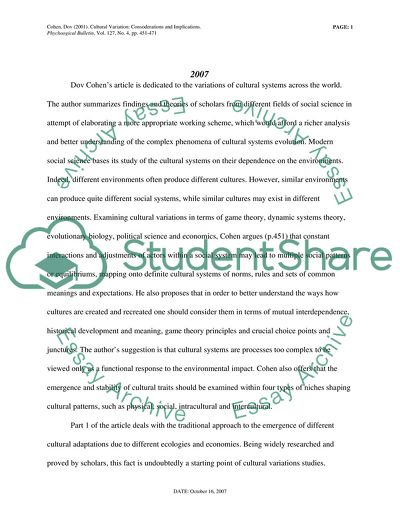Cite this document
(Cultural Variation: Considerations and Implications by Dov Cohen Essay, n.d.)
Cultural Variation: Considerations and Implications by Dov Cohen Essay. https://studentshare.org/culture/1709605-cultural-variation
Cultural Variation: Considerations and Implications by Dov Cohen Essay. https://studentshare.org/culture/1709605-cultural-variation
(Cultural Variation: Considerations and Implications by Dov Cohen Essay)
Cultural Variation: Considerations and Implications by Dov Cohen Essay. https://studentshare.org/culture/1709605-cultural-variation.
Cultural Variation: Considerations and Implications by Dov Cohen Essay. https://studentshare.org/culture/1709605-cultural-variation.
“Cultural Variation: Considerations and Implications by Dov Cohen Essay”. https://studentshare.org/culture/1709605-cultural-variation.


